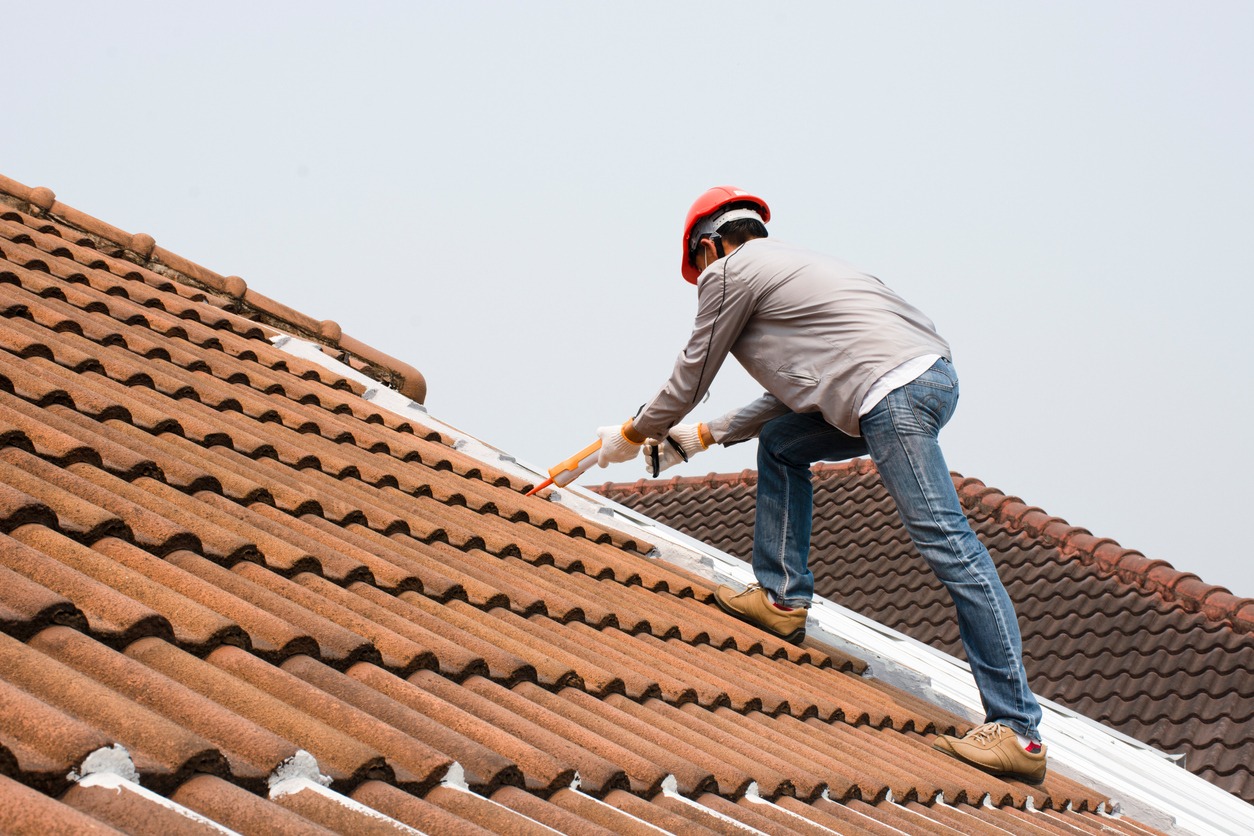Weather conditions can wreak havoc on any roof. Strong winds can rip shingles and break the framing of the roof. Heavy rain can cause leaks if moisture gets into cracks and holes in the ceiling.
The Midwest’s unpredictable weather often causes significant roofing damage that requires home insurance claims and repairs from a trusted storm damage repair company. The following factors are the most common culprits:
Wind
The wind is a powerful force that can impact the structural integrity of your home and cause damage to many surfaces, including your roof. Its strength and force vary depending on its velocity, direction, temperature and the pressure differences of the air surrounding it.
High winds can create a suction-like effect on your roof, lifting and damaging it. The severity of this damage depends on your roofing materials, building design and fastening methods. For example, asphalt shingles are less resilient against uplift than clay tiles.
In general, uplift pressures are highest at the eave/rake corners and the peak of your ridge. It’s also important to ensure your soffits and fascia boards are properly anchored. Otherwise, these weak spots could allow water and debris to penetrate your roof, causing major damage and expensive repair bills down the line.
Rain
Rain is the bane of roofers, whether working on a new home or installing a replacement for an existing one. This is because it can cause damage to the shingles, which can lead to leaks in your home. It can also degrade and weaken the materials, making them less effective.
Contractors from a reputable roof company will monitor the weather before starting to determine whether it is safe for them to continue. If it does begin to rain, they will quickly tarp the roof and materials and halt the installation process until the weather has cleared.
Continuing to work on the roof in the rain can be extremely dangerous for the crew. The slick surfaces of the top can create a fall hazard, even when all safety procedures are followed. It can also make it harder for the crew to move around and reach all areas that must be worked on. As a result, it may take longer to complete the roof installation process than would otherwise be possible.
Heat
Summer’s heat takes a toll on the human body and roofing materials. In the southwest, extreme heat often leads to a buildup of moisture in a roof – and, when combined with other factors, can lead to major problems.
For example, high temperatures on the roof can cause wood to expand, damaging the joists and rafters of the house. Additionally, UV rays can damage roof materials and cause them to break down more quickly than they should.
Humidity can also be a problem. This can make it harder for shingles to adhere to the roof. It can also create gaps between shingles, leaving them vulnerable to water leaks and structural damage in the future.
Snow
Depending on the roofing materials and condition of your roof, snow buildup can place extreme strain on your structure. In the worst-case scenario, if left untreated, it may cause a collapsed roof.
Since ice takes up less space than snow, it tends to accumulate in large chunks that don’t melt easily. Using improper methods to remove them can further damage your roof. Similarly, using rock salt or calcium chloride to melt the snow can damage shingles and other roofing materials.
The ice that forms as snow and ice melts and refreezes can cause major problems for your roof, including gutters, roof flashing, and water leaks in the home. Improperly functioning gutters and overhanging trees can create moisture buildup in walls, ceilings, and insulation, leading to the growth of mold and mildew. To prevent this, make sure your gutters effectively direct melted snow and ice away from your home and trim any tree branches that hang over your roof to avoid the formation of ice dams.

